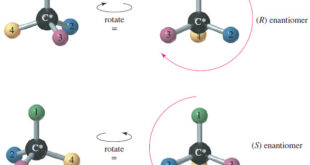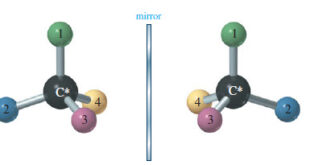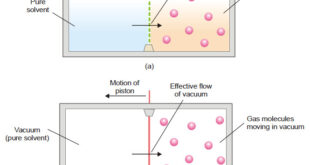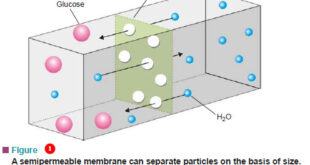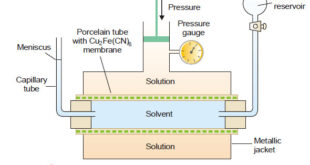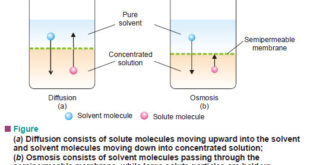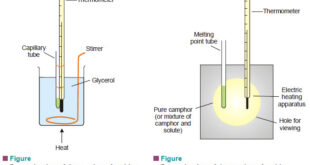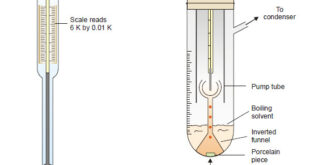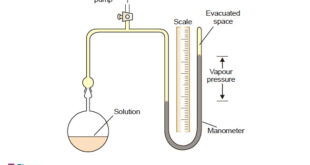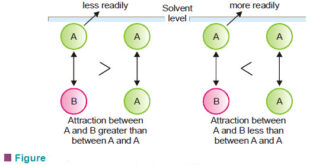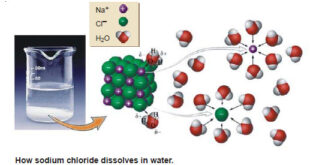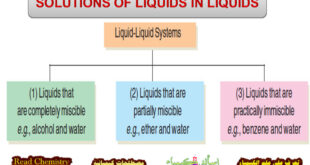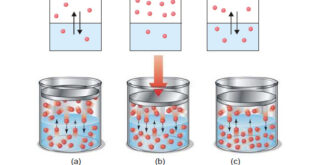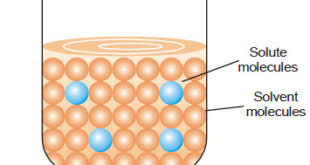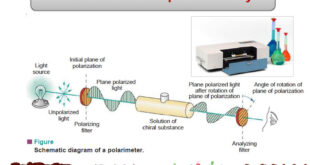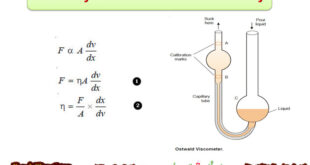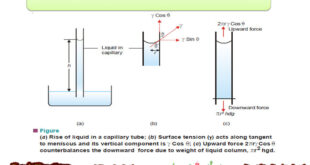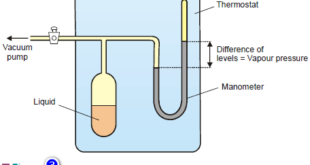– Rotation of the plane of polarized light is called optical activity, and substances that rotate the plane of polarized light are said to be optically active. – There are alot of Organic Compounds have optical activity Introduction to Optical activity Mirror-image molecules have nearly identical physical properties. Compare the …
Read More »(R) and (S) of Asymmetric Carbon Atoms
(R) and (S) Nomenclature of Asymmetric Carbon Atoms – Alanine is one of the amino acids found in common proteins. – Alanine has an asymmetric carbon atom, and it exists in two enantiomeric forms. – These mirror images are different, and this difference is reflected in their biochemistry. – Only …
Read More »Chirality in Organic Chemistry
What is Chirality? – What is the difference between your left hand and your right hand? They look similar, yet a left-handed glove does not fit the right hand. – The same principle applies to your feet. They look almost identical, yet the left shoe fits painfully on the right …
Read More »Laws of Osmotic Pressure
Laws of Osmotic Pressure – From a study of the experimental results obtained by Pfeffer, van’t Hoff showed that for dilute solutions : (a) The osmotic pressure of a solution at a given temperature is directly proportional to its concentration. (b) The osmotic pressure of a solution of a given …
Read More »Theories of Osmosis
Theories of Osmosis – Here we will discuss some theories of osmosis. – Several theories have been advanced to explain the action of a semipermeable membrane. – It is probable that the mechanism depends on the particular type of membrane used and also on the nature of the solute and …
Read More »Determination of osmotic pressure
Determination of osmotic pressure – The osmotic pressure of a given solution can be determined experimentally by the methods detailed below. – The apparatus used for the purpose is often referred to as osmometer. (1) Pfeffer’s Method – The apparatus used by Pfeffer (1877) for determination of osmotic pressure is …
Read More »What is Osmosis and Osmotic Pressure?
Diffusion and Osmosis – Just as a gas can diffuse into vacant space or another gas, a solute can diffuse from a solution into the pure solvent. – If you pour a saturated aqueous solution of potassium permanganate with the help of a thistle funnel into a beaker containing water, …
Read More »Measurement of freezing point Depression
The subject of Measurement of freezing point Depression will be discused FREEZING POINT DEPRESSION Relation between Depression of Freezing point and Lowering of Vapour-pressure – The vapour pressure of a pure liquid changes with temperature as shown by the curve ABC, in Fig. – There is a sharp break at …
Read More »Measurement of boiling point elevation
MEASUREMENT OF BOILING POINT ELEVATION – There are several methods available for the measurement of the elevation of boiling point. – Some of these are outlined below : (1) Landsberger-Walker Method This method was introduced by Landsberger and modified by Walker. Apparatus: – The apparatus used in this method is …
Read More »Measurement of lowering of vapour pressure
MEASUREMENT OF LOWERING OF VAPOUR PRESSURE (1) Barometric Method – Raoult measured the individual vapour pressure of a liquid and then the solution by this method. – He introduced the liquid or the solution into Toricellian vacuum of a barometer tube and measured the depression of the mercury level. – …
Read More »Lowering of vapour pressure- Raoult’s law
In this subject we will restrict our discussion to Raoult’s Law COLLIGATIVE PROPERTIES – Dilute solutions containing non-volatile solute exhibit the following properties : (1) Lowering of the Vapour Pressure (2) Elevation of the Boiling Point (3) Depression of the Freezing Point (4) Osmotic Pressure – The essential feature of …
Read More »Solutions of solid substances in liquids
SOLUTIONS OF SOLIDS IN LIQUIDS – Solutions of a solid substance in a solvent are most commonly met with. – The process of solution of a solid substance in a solvent is explained by the electrical forces operating between the molecules or ions of the solute and the molecules of …
Read More »Solutions of liquids in liquids
SOLUTIONS OF LIQUIDS IN LIQUIDS – The solutions of liquids in liquids may be divided into three classes as follows: – We will now proceed to consider the more important properties of these three classes of solutions. SOLUBILITY OF COMPLETELY MISCIBLE LIQUIDS – Liquids like alcohol and ether mix in …
Read More »Henry’s Law – Solutions of gases in gases
The subject of Solutions of gases in gases – Henry’s Law will be discused Types of Solutions – The common solutions that we come across are those where the solute is a solid and the solvent is a liquid. – In fact, substance in any three states of matter (solid, …
Read More »Ways of Expressing Concentration
Concentration of A Solution – The concentration of a solution is defined as : the amount of solute present in a given amount of solution. – Concentration is generally expressed as the quantity of solute in a unit volume of solution. A solution containing a relatively low concentration of solute …
Read More »Measurement of Optical Activity
Optical Activity – Optical activity is one of imortant physcial properties of liqiuds – A beam of ordinary light consists of electromagnetic waves oscillating in many planes. – When passed through a polarizer (e.g., a Polaroid lens), only waves oscillating in a single plane pass through. – The emerging beam …
Read More »Determination of Refractive Index
Refractive Index – The refractive index (n) of a substance is defined as the ratio of the velocity of light in vacuum or air, to that in the substance: – When a ray of light passes from air into a liquid, its direction is changed. This change of direction is …
Read More »Viscosity – Measurement of Viscosity
Viscosity – Viscosity is the resistance of a liquid to flow. – A liquid may be considered to be consisting of molecular layers arranged one over the other. – When a shearing force is applied to a liquid, it flows. However, the forces of friction between the layers offer resistance …
Read More »Determination of Surface Tension
Surface Tension – Surface Tension property of liquids arises from the intermolecular forces of attraction. – A molecule in the interior of a liquid is attracted equally in all directions by the molecules around it. – A molecule in the surface of a liquid is attracted only sideways and toward …
Read More »Vapour Pressure , Factors affecting on Vapour Pressure
– The vapour pressure of a liquid is defined as the pressure exerted by the vapour in equilibrium with the liquid at a fixed temperature. Vapour Pressure – When a liquid is placed in an open vessel, it evaporates. – The molecules in the liquid are moving with different kinetic …
Read More » Read Chemistry
Read Chemistry

